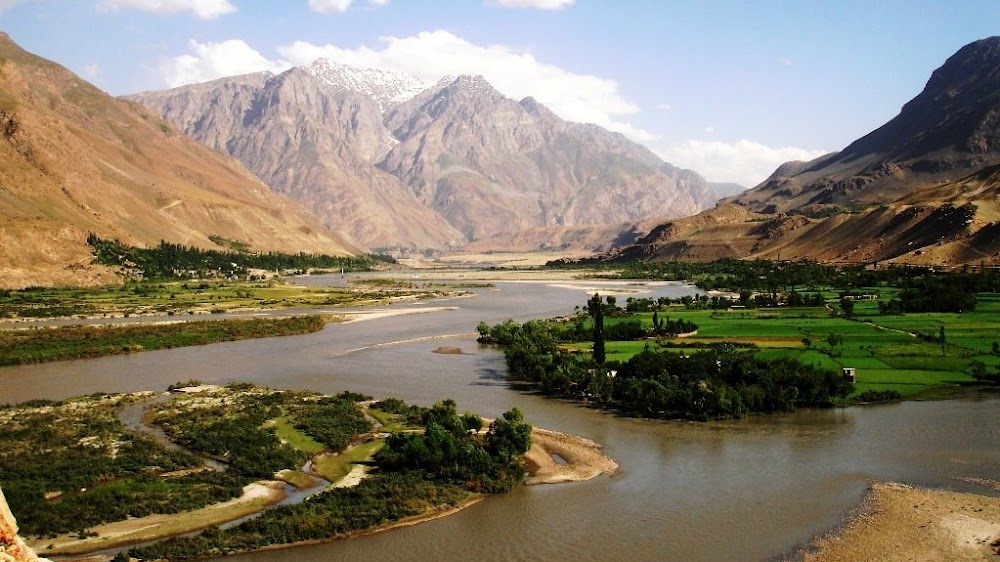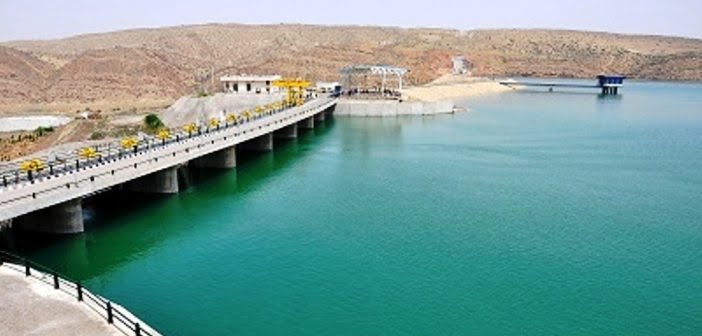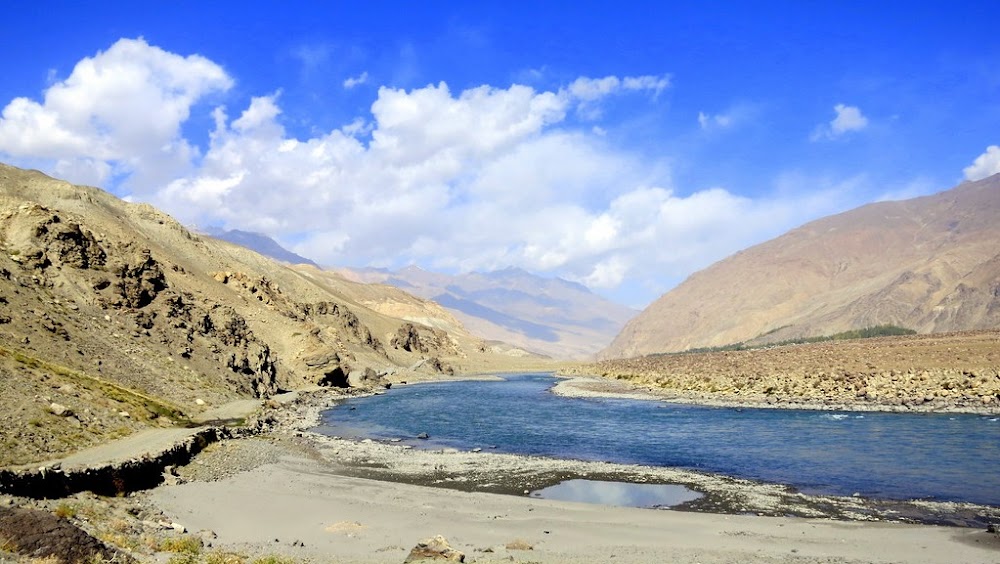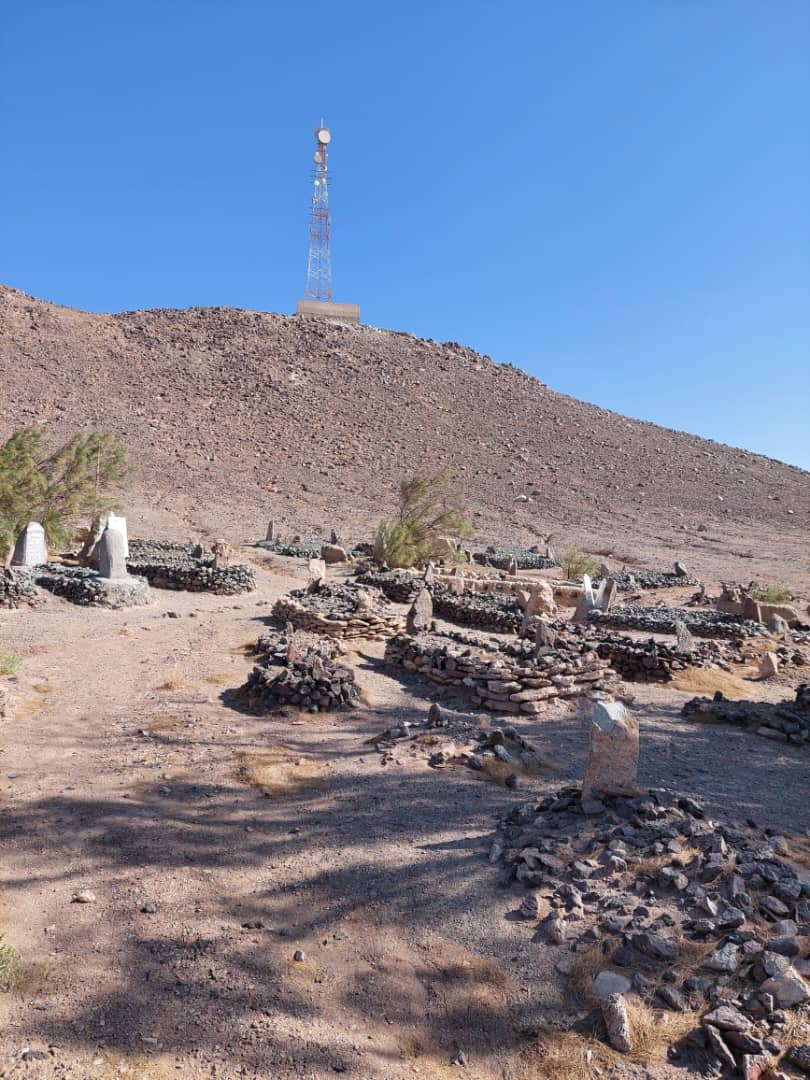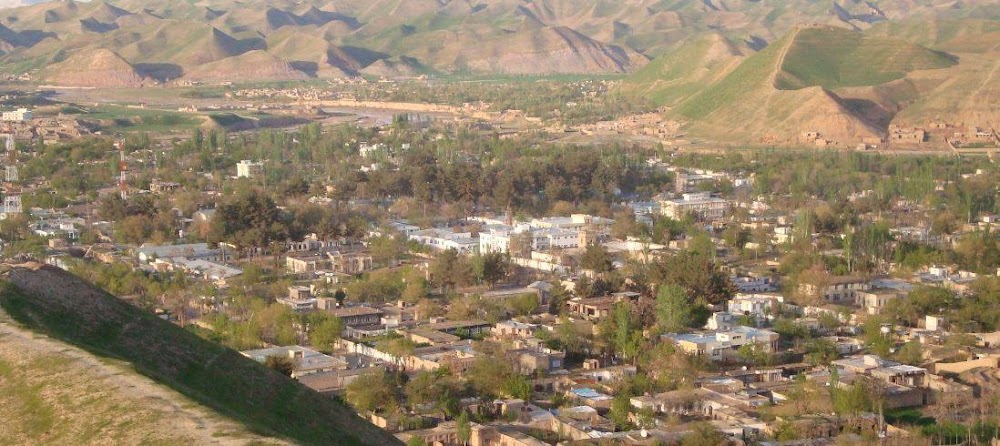Harirud River (هریرود)
Overview
The Harirud River: A Lifeline of Ghōr, Afghanistan
The Harirud River, flowing through the historic city of Ghōr in Afghanistan, has served as a vital lifeline for the region for centuries. Originating in the central highlands, this essential waterway travels approximately 1,100 kilometers through Iran and Turkmenistan before finally reaching the expansive Kara-Kum Desert. Its journey begins in the majestic Koh-i-Baba mountain range, where the snowmelt from the peaks feeds into the river's flow. Notably, the name "Harirud" translates to "Herat River," a nod to the significant city of Herat that lies downstream.
A Historical Backbone of Agriculture
Historically, the Harirud River has played an indispensable role in agriculture for Ghōr and its neighboring areas. Its waters irrigate fields of wheat, barley, and various other crops, sustaining the livelihoods of countless farming communities. Ancient irrigation techniques, particularly a sophisticated network of canals and ditches known as "karez," were meticulously constructed to channel the river's water to fields far from its banks. These hand-dug systems not only showcase a deep understanding of the region’s topography and hydrology but many continue to be utilized today, reflecting the resilience of local agricultural practices.
A Catalyst for Socio-Economic Development
Over the years, the Harirud has significantly influenced the socio-economic development of Ghōr. Its fertile valleys have provided vital trade routes, facilitating the exchange of goods and cultural influences across Afghanistan and into neighboring regions. During the medieval period, for instance, Ghōr was an integral part of the Ghurid Empire, which relied on the river for transporting goods and nurturing population centers.
Modern Infrastructure and Sustainable Development
In recent years, modern infrastructure projects have aimed to harness the potential of the Harirud River even further. Dams and reservoirs have been constructed to regulate the river's flow, control flooding, and generate hydroelectric power. One noteworthy project is the Salma Dam, also known as the Afghan-India Friendship Dam, situated in Herat province. While not located in Ghōr itself, this dam plays a crucial role in the entire basin, including Ghōr, by managing water distribution and providing an essential source of energy.
The construction of such modern dams involves advanced engineering techniques and international cooperation. The Salma Dam, for example, was developed with significant support from India and features a 107.5-meter high earth and rock-filled embankment along with a spillway for managing excess water. Hydro turbines convert the kinetic energy from the flowing river into electricity, supplying power to thousands of homes and businesses in the region.
Challenges and Resilience
Despite these advancements, challenges persist. Political instability in the region, coupled with environmental issues such as climate change and periodic droughts, impacts the river's flow and the livelihoods that depend on it. There is a pressing need to maintain and modernize the ancient karez systems alongside new infrastructure to ensure sustainable agriculture and a reliable water supply for Ghōr and the broader areas connected to the Harirud River.
A Cultural and Communal Influence
The Harirud River is not merely a physical entity; it is intricately woven into the fabric of life in Ghōr. Local legends, celebrations, and a strong sense of communal identity have all been shaped by its presence. Traditional festivals often mark the beginning of the planting and harvesting seasons, underscoring the river's vital role in the agricultural calendar.
Conclusion: A Story of Continuity and Change
In summary, the story of the Harirud River in Ghōr is one of continuity and change. From ancient irrigation systems to contemporary hydroelectric projects, the river remains central to the region’s agriculture, trade, and daily life. Through a blend of traditional wisdom and modern technology, the people of Ghōr continue to adapt to the challenges and opportunities presented by this enduring waterway, ensuring its significance for generations to come.


